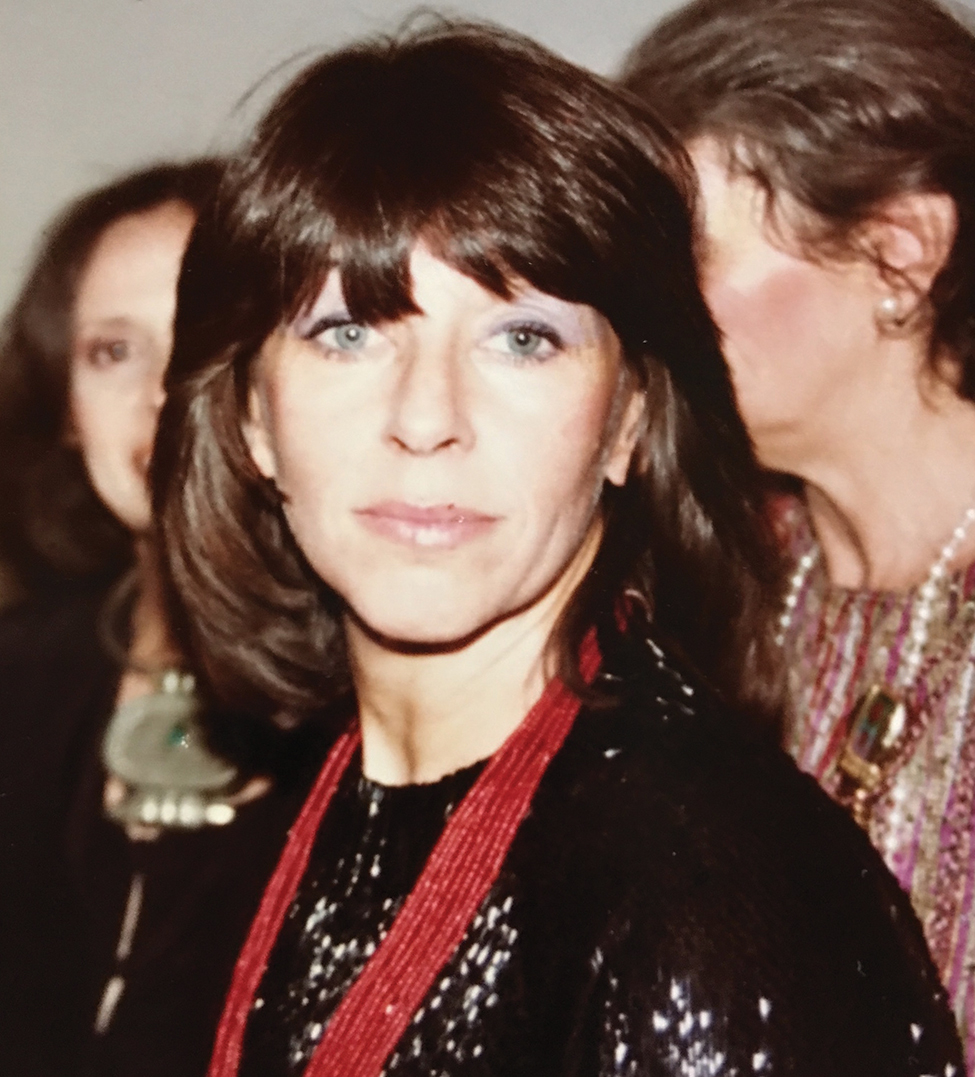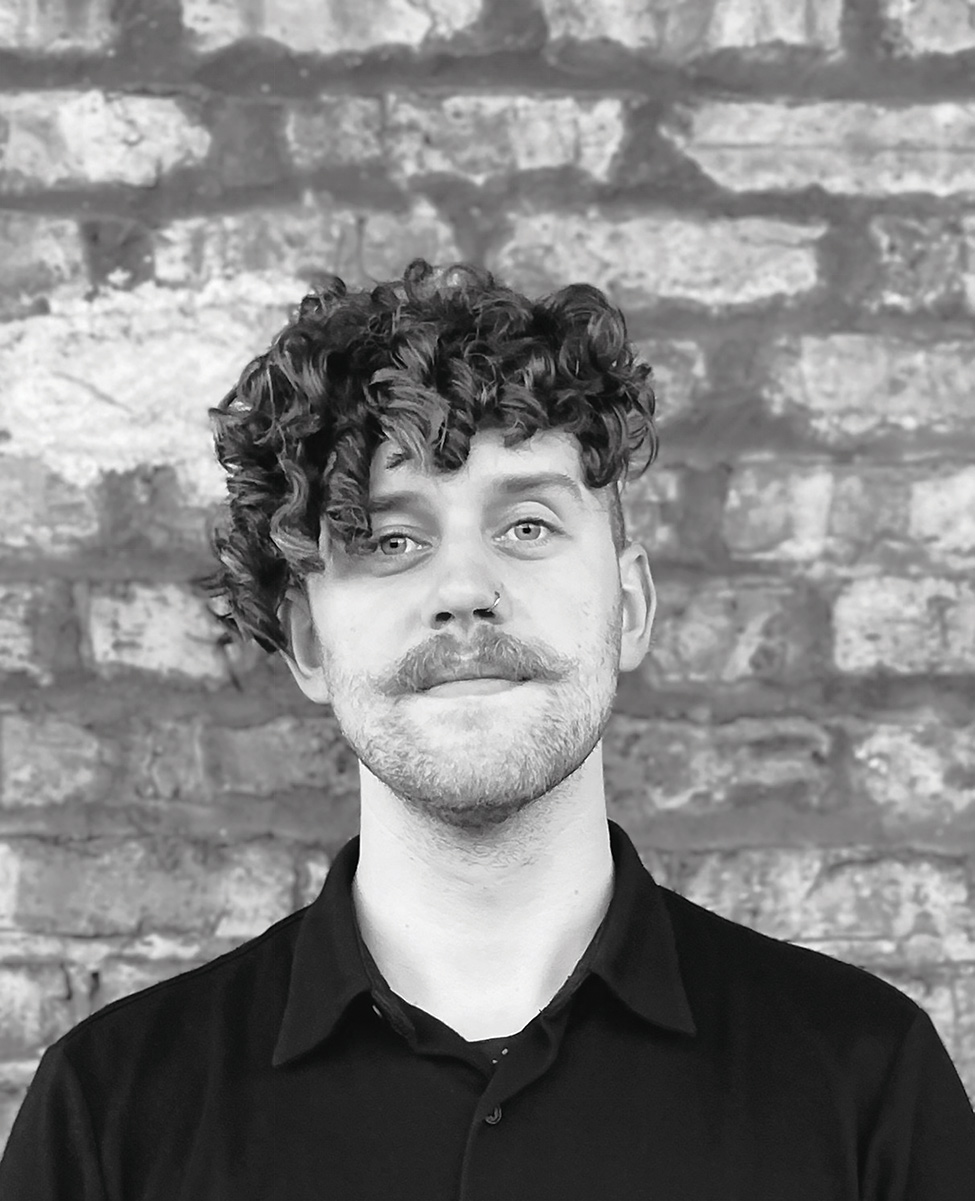Collector profile: Eileen and Peter Broido

By KEVIN NANCE
When Peter and Eileen Broido moved from the west suburbs to a highrise condo overlooking downtown Chicago in 2004, it wasn’t the spectacular view of the Chicago River and the Loop that was the primary selling point.
“It was the wall space,” Peter Broido says. “That and the size of the freight elevator.”
 He smiles when he says it, but he isn’t kidding. The Broidos needed plenty of room to display their impressive collection of contemporary art, which currently consists of nearly 180 paintings, sculptures and mixed-media pieces on view. (An additional 50 artworks reside at their adult children’s homes on the East Coast, with about 30 more pieces in storage.) And the freight elevator was of real concern. Early on, a recently acquired 10-foot-wide panoramic photograph by Gerard Maynard missed fitting into the elevator by a couple of inches. The building management suggested that the piece could be hoisted by crane to the Broidos’ balcony more than 30 floors above the riverbank, but in the Windy City this seemed like too much of a risk; in the end, they donated the photograph to the Brooklyn Museum of Art. Another acquisition, a large painting by Chicago artist Judy Ledgerwood, made it into the elevator but couldn’t be brought through the apartment door because the corridor outside was too narrow; the painting’s frame had to be broken down and reassembled inside the apartment.
He smiles when he says it, but he isn’t kidding. The Broidos needed plenty of room to display their impressive collection of contemporary art, which currently consists of nearly 180 paintings, sculptures and mixed-media pieces on view. (An additional 50 artworks reside at their adult children’s homes on the East Coast, with about 30 more pieces in storage.) And the freight elevator was of real concern. Early on, a recently acquired 10-foot-wide panoramic photograph by Gerard Maynard missed fitting into the elevator by a couple of inches. The building management suggested that the piece could be hoisted by crane to the Broidos’ balcony more than 30 floors above the riverbank, but in the Windy City this seemed like too much of a risk; in the end, they donated the photograph to the Brooklyn Museum of Art. Another acquisition, a large painting by Chicago artist Judy Ledgerwood, made it into the elevator but couldn’t be brought through the apartment door because the corridor outside was too narrow; the painting’s frame had to be broken down and reassembled inside the apartment.
Such are the adventures of one of the city’s most prolific art-collecting couples, who have spent the past 40 years in daily dialogue with art. They’ve feathered their 2,600-square-foot nest with works by Chicago artists (Ledgerwood, Jim Nutt, Karl Wirsum, Curtis Mann, Tom Friedman, John Pittman and Stephanie Brooks, among others) and others from elsewhere in the United States (John Baldessari, Jane Hammond, Jenny Holzer, Byron Kim, Chris Martin, Bruce Nauman, Jon Pestoni, Raymond Pettibon, Lari Pittman, Zak Prekop, Richard Tuttle, Kehinde Wiley, etc.). Most recently they’ve begun branching out to Europe, with emphasis on works by German artists such as Frank Nietzsche.
Abstract painting dominates the collection, which also includes a smattering of mixed-media work, notably a large painted collage on a sculpted metal and canvas substructure by the Argentine-American artist Fabian Marcaccio. A group of works on paper—including works by Nutt and Tuttle—take refuge in a bathroom, where they’re shielded from the natural light that otherwise suffuses the apartment.
Most of the pieces were acquired soon after their creation and early in the artists’ careers; the Broidos collect only what they like, not what they think might appreciate in monetary value. “We don’t do it as an investment,” Peter Broido says. “The fun for us is finding art, putting our money where our mouth is, and seeing what happens. And it’s been OK.”
The Broidos rarely sell their holdings (though they do sometimes trade one piece for another), instead choosing to donate to museums. Beneficiaries of their largesse include the Museum of Contemporary Art (where the Broidos are longtime supporters and members of MCA’s Merge, a collecting group), the Akron Art Museum and the Elmhurst Art Museum, which displayed several Broido-donated works this fall as part of Inventory, an exhibition of EAM’s collection.
“What strikes me about Peter and Eileen’s collecting is that they’re focused on emerging artists,” says Staci Boris, EAM’s chief curator. “They like to seek out new artists, not people who have a track record or are well known. They enjoy the discovery aspect of it, the process of figuring out who is interesting and who has a future. They’re unique in their vision, and they don’t follow trends.”
Along the way, the Broidos have become fixtures on the Chicago art scene, mixing with artists, curators, gallerists and other collectors with an ease born of an engagement sustained over four decades. As Eileen Broido puts it with a smile, “We’re kind of part of the woodwork in Chicago.”
The Broidos’ collecting journey began soon after they moved to the Chicago area in 1969. (Originally from Manhattan—where he spent much of his undergraduate years at Columbia University visiting art galleries at a time when you could pick up a Jasper Johns painting for $500—Peter Broido was a surgeon at Central DuPage Hospital for many years; his wife was a nurse.) Although they lived 30 miles west of the Loop, the young couple came into the city most weekends. “We spent a lot of time on the Eisenhower Expressway,” he recalls with a smile. One day they were walking down Michigan Avenue and turned east on Ontario, where they were met with a scene that reminded them of Disney’s Fantasia: a row of people coming out of an art gallery carrying small paintings.
“It was like those walking buckets from The Sorcerer’s Apprentice,” Peter Broido recalls. “The Phyllis Kind Gallery had had a show of Roger Brown paintings, and people were taking their pieces home with them.”
The Broidos were enchanted. They didn’t buy a Brown then—though they would do so a half-dozen times in the years to come—but they met Kind, who introduced them to the Hairy Who painters, including Wirsum, Nutt and Gladys Nilsson, along with other Imagists including Brown and Ed Paschke. “That was fun,” recalls Eileen Broido, who was so enthused that she went back to college, studying art history at the University of Illinois at Chicago and, later, the University of Chicago.
In the next two decades, the Broidos amassed one of the city’s largest and most significant collections of Imagist painting, focusing on works that combined figurative and abstract elements. Over the years, however, they began to feel that the Imagists were stuck in a bit of a rut. The turning point came with a Paschke retrospective at the Art Institute of Chicago in 1989-90. “We looked at it and said, ‘Ed Paschke is repainting Ed Paschke,’” Peter Broido recalls. “We started looking critically at what we were buying, and basically all of those artists were painting the same things. They hadn’t really moved on. And we decided it was time for us to move on, too.”
Although the Broidos continued to buy some work by Chicago-based artists, often from Chicago galleries (they maintain relationships with the Rhona Hoffman, Kavi Gupta and Shane Campbell galleries to this day), they began to make an increasing percentage of their acquisitions in New York, forging relationships with dealers in Chelsea and, in later years, on the Lower East Side. And while their earlier purchases had featured the figure, more and more the Broidos concentrated on purely abstract works.
“Abstraction just seemed to wear better,” Peter Broido says. “If you go back and look at abstract art from the ’40s, the ’50s, it still looks pretty fresh. Hans Hofmann, my God! Those are just fabulous paintings. They still sing.” On the other hand, his wife says, “It’s just hard to find anything incredibly new with the figure.”
In the 1990s, photography and conceptual art came to the forefront of the art world, but the Broidos largely stuck with painting. Conceptual art they found “a little boring,” Eileen Broido says. And photography? “The problem with photography is in some ways the same thing that’s true with figurative art,” her husband says. “What are you going to do with it that’s different today? You need to make your mark in some way, and another sunset isn’t going to do it.”
As the Broidos developed their taste in art—they rarely disagree; “After 45 years of marriage, we’re pretty much the same person,” Peter Broido says—they also established patterns in the manner of their collecting. They often visit art fairs—they’re regulars at Art Basel Miami and NADA, and say they have enjoyed the first two years of Expo Chicago at Navy Pier—but almost never buy at the fairs. “What I find art fairs most useful for is making connections with dealers I’ve never met before and seeing work that we haven’t seen,” Peter Broido says. “I probably will never buy anything out of a fair, because we don’t like making snap decisions.”
For similar reasons, the Broidos tend to avoid making studio visits with artists with whom they have no prior relationship, because of what they experience as an implicit pressure to buy. “I like talking to artists, because I think they’re terrific people,” he says. “But I really don’t want to go to their studios, because you feel pressured. It isn’t even overt. It’s subtle, but I just don’t want to be in that position. If we went out on a tour with 100 people, I’d be thrilled to go to artists’ studios, but I don’t want to be there one-on-one.”
“We do sometimes go after we’ve purchased a piece,” his wife adds. “We were just in Berlin and went to Frank Nietzsche’s studio. His dealer said, ‘You’re here, Frank’s here, why don’t you stop by and say hi?’ We did, and it was interesting to meet him. But there was no pressure, because we had already bought a piece from him.”
The gregarious Broidos especially enjoy discovering new artists by talking with gallerists—which explains their increasing preference for smaller and emerging galleries on New York’s Lower East Side. “Nowadays if you go into the galleries in Chelsea, and if the dealers are there, they’re certainly not out where you can see them,” he says. “On the Lower East Side, the owners are there. They’re young and energetic and enthusiastic and intelligent, and they really enjoy telling you about their art, which is the way it used to be when I was younger. It’s fun to see that.”
And so for the Broidos, the fun continues. The day after their interview with Chicago Gallery News, they were off to Miami for another round of art-fair visits, combing the aisles in search of new artists to collect. Fortunately for them, they still have a few square feet of open wall space.






